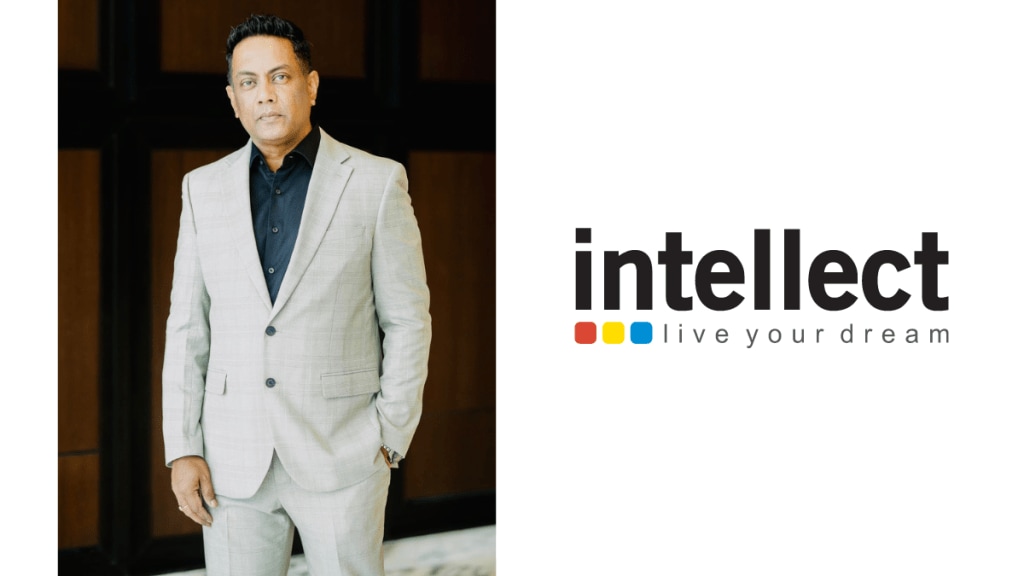The pandemic has brought about notable shifts across industries, and the case has been no different for marketing. Today, digital marketing has become a crucial aspect in order to acquire new customers and retain existing ones. In our weekly BrandWagon Ad Talk series, industry experts highlight what has changed over the past two years and more importantly, are these changes here to stay. Debal Dutt, executive vice president and chief marketing officer, Intellect Design Arena, talks to BrandWagon Online about the dos and don’ts of digital marketing, best marketing campaigns, and more.
What is the difference between launching a brand in today’s digital era versus earlier?
I have straddled both worlds—rather effortlessly! Earlier, I would term it as the circa 90s versus now. Some of the greatest and most iconic brands were built in the era when social media wasn’t around. There are two aspects, which are pretty much correlated and help in understanding the two scenarios; I label them as circa BSM (before social media) and ASM (after social media)! To understand better, let’s look at 3 parameters:
a) From a medium perspective, launching a brand in the 90s relied heavily on ‘traditional’ (but at that time pretty cutting edge) media like TV, radio, outdoor, events, and print, and that era had a slower pace of information dissemination. Today, brands leverage digital platforms for instant reach, social media for engagement, and detailed data analytics for targeted marketing.
(b) From a target audience angle, the consumer behavior and profile have evolved as the mediums have evolved too. The key differentiator is that consumers can have brand conversations now, compared to the 90s. Today consumers are vocal and have an opinion, and brands need to tread on eggshells dealing with consumers these days. The era of the customer is back—and with a vengeance.
(c) From the market perspective, the ultimate challenge now is standing out in a saturated market with a flood of me-too products and services and instant gratification.
What are the recent best marketing or advertising campaigns you have seen and why?
Here I have a confession! Being a marketing practitioner, I have stopped being a ‘normal’ consumer. And I do consumer marketing and advertising as a professional and not as a consumer, in most cases. Therefore, when I see an ad that touches me and makes a mark, I get really excited, and I don’t take out my marketing checklist—strong on value proposition, creativity, message delivery, resonance, lasting, key takeaways, etc. I keep my marketing yardsticks locked up in the analytical vault of my brain and consumer communication ‘normally’. Having set the context, I feel that brands that use their strength to deliver a social message or effect a social change score way higher for me. This is because a brand is an ‘influencer’ too because of the values it espouses.
My second criteria is when brands change buying behavior and a category that has hitherto never existed is created. And in this segment, I would bring together the successful brands that a thriving start-up ecosystem has brought to us: Zomato/Swiggy, Paytm, Urban Clap, Flipkart, etc. Dove AI ads are an example of a brand staying relevant in these times without losing its core values. Using hyperbolic storytelling of Lynx. Channel 4 commercials to drive viewership of the Paralympics. And one of my favorites: Recycle Me by Coca-Cola—a series of powerful images that depicted its infamous logo after a can was crushed during the recycling process. Brilliant.
Which brand in the last year has made the best use of digital and how?
Digital marketing is the IV that keeps the blood flowing in any brand. Without digital marketing, a brand will seldom survive in today’s world. For me, the criteria to decide is as follows (donning my marketing hat):
a) Did the brand connect with me instantly?
b) Was the storytelling simple and non-jargon?
c) Did it understand my pains and how was it planning to address them?
d) Did it leave a sweet aftertaste in my brain?
e) Would I talk to ten other people about it?
In a post-Covid world, what are the dos and don’ts of digital marketing?
Marketing is all about dealing with people in a very deep way. The pandemic prompted several key shifts in priorities and lifestyles of consumers.
Three broad themes appeared that digital markets can leverage and build stronger brand relationships.
First, health and well-being: increased focus on physical and mental health, with more people prioritizing self-care and wellness. Second, remote work: a significant move toward flexible work arrangements, leading to a re-evaluation of work-life balance. Third, Digital Centric Lifestyle: greater reliance on technology for social interaction, education, and entertainment, fostering a more digital-centric lifestyle. Fourth, a sense of community and connection: a renewed appreciation for community and local support, with individuals seeking deeper connections. Fifth, Financial Awareness: Heightened attention to personal finance and savings as economic uncertainty prompted more cautious spending. Finally, Minimalism and Sustainability: A trend towards decluttering and prioritizing sustainable living as people reassess consumption habits.
If brands tap into this mix of emotional and practical aspects of the consumer and layer their brand messaging and touch these chords, not only digital success is assured, but brand relationships are established.
One recent bad case of advertising you have seen, and why?
Like the adage goes, “One man’s trash is another man’s treasure.” This is true in advertising too, as the adage highlights the subjectivity of value and perspective. For me, ‘bad advertising’ is fake news belted out by TV channels in our country. Why are they bad? While it resonates with most, it is often misleading, offensive, or tone-deaf. Fake news can perpetuate stereotypes, promote harmful behaviors, or lack sensitivity to current social issues. Such ‘advertising’ can lead to backlash and social unrest and could alienate consumers rather than engage them effectively.


